The Silicon Valley property management startup Zenplace wants to streamline the rental process with AI learning and robot realtor home tours.
Category: habitats – Page 120
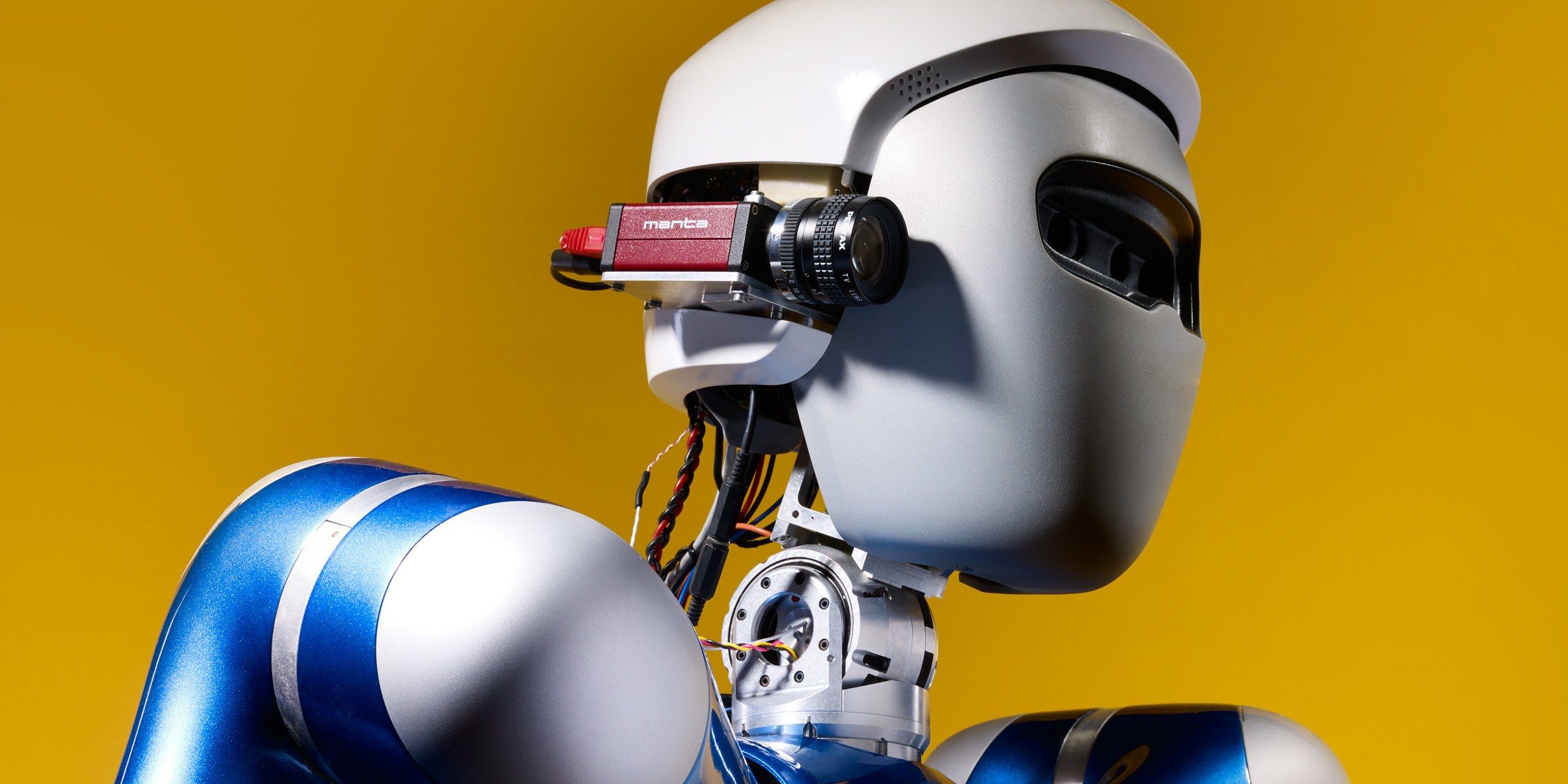
China is building vertical forests that will produce 60 kg of oxygen a day
Best of 2017: A breath of fresh air.
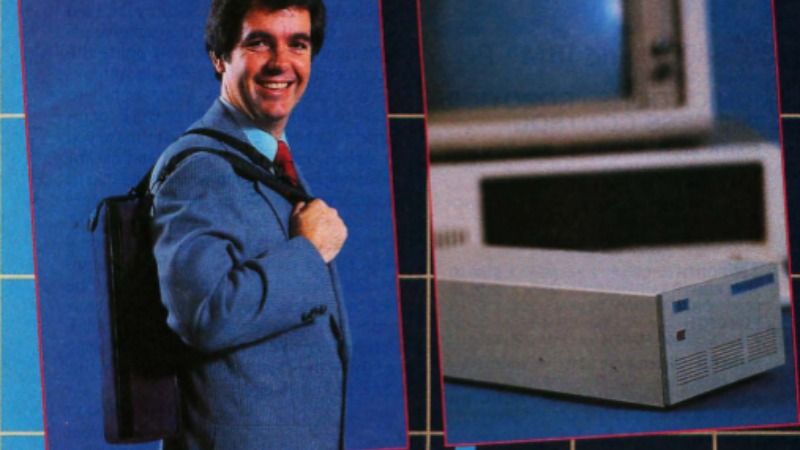
This Was the Portable Hard Drive of 1985—Clocking In at 20MB
Portable hard drives seem like they’re bound to go way of the dinosaur, thanks to the rise of services like Dropbox and Google Drive. But if you wanted to take a large file home with you back in 1985, you didn’t have quite so many options. Your best bet? Maybe this hard drive from Maynard.
“Leave the computer, take the drive!” the ad said in big, bold letters in the July 1985 issue of Byte magazine. And look at just how portable that thing is!
Look into the future using the first smart glasses with Alexa control
There are a lot of people in the world that need glasses on a daily basis. Despite their often expensive price tag, they do little more than correct poor eyesight. Let Glass updates glasses for the 21st century by integrating them with smart home connectivity.
While maintaining a slim form factor, Let Glass features audio entertainment, telephone communication, and voice interaction. Using Alexa and a built-in microphone, these frames allow users to control their smartphones without fumbling through their pockets. Simply tapping the legs of the smart glasses activate remote control functions, while voice commands handle everything else. In addition to Amazon Alexa, Apple Siri and Google Now are also supported.
Keeping with a traditional appearance, audio is produced using bone conduction technology. Instead of a speaker, the glasses vibrate the small bones in the ear to produce sound. This also keeps ears open to other noises, ensuring users remain aware of their surroundings. This allows users to listen to music, track activity, use voice navigation, call a friend, and more.
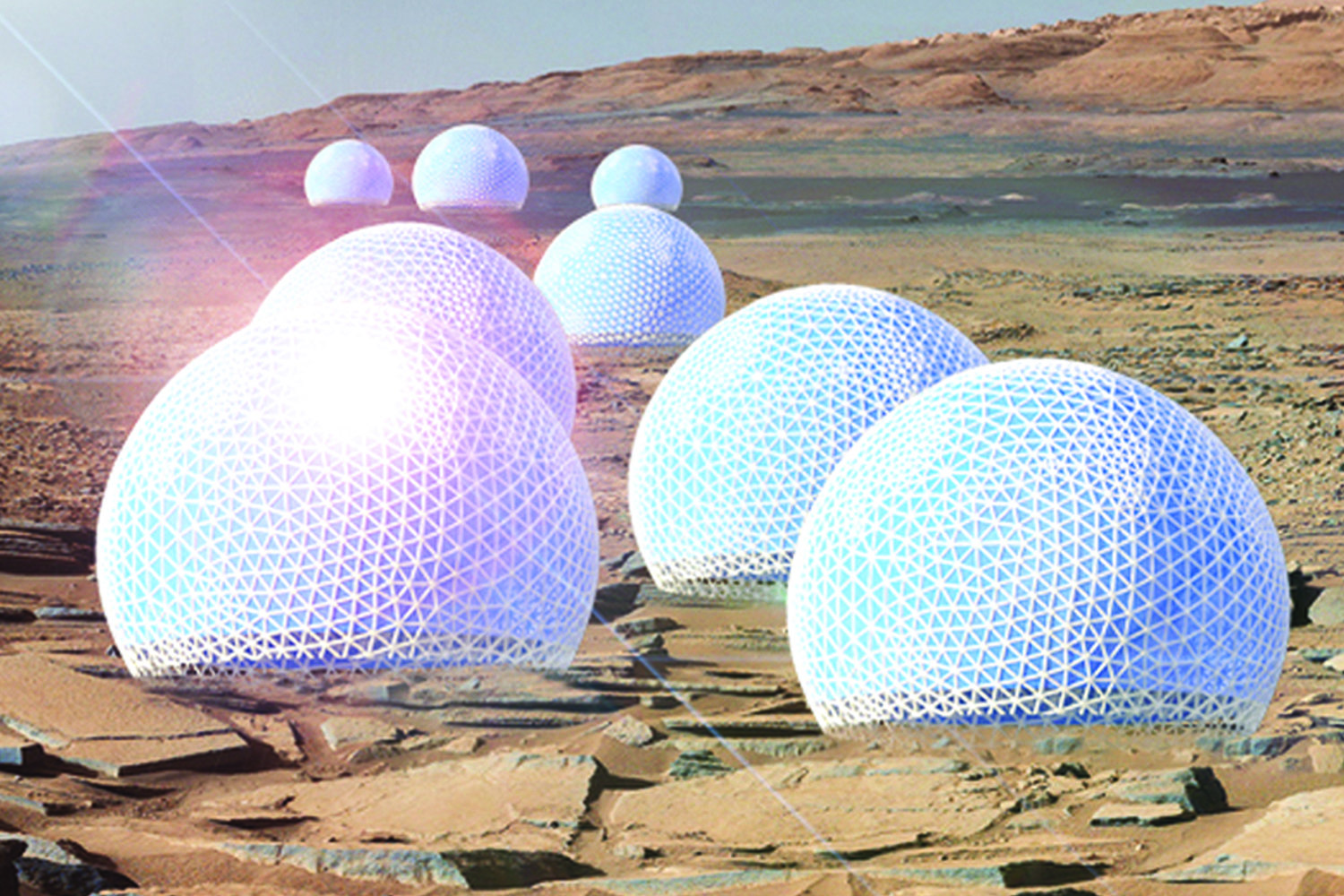
MIT Team Wins Mars City Design Contest for ‘Redwood Forest’ Idea
A team of engineers and architects from the Massachusetts Institute of Technology (MIT) has won the top prize for architecture in 2017’s international Mars City Design competition, which asks participants to design habitats that could one day be built on the Red Planet.
The competition, sponsored by both NASA and the European Space Agency (ESA), is one of many that asks participants to come up with creative solutions to the problems these agencies anticipate in the journey to Mars.
Like other contests before it, the Mars City Design competition aims to solve the problem of building livable and sustainable spaces on the Red Planet, from either the limited cargo astronauts would be able to bring with them or indigenous Martian resources. [How Will a Human Mars Base Work? NASA’s Vision in Images].
Futurism Interview with Steve Fuller on Elon Musk’s Attempt to Turn Humans into a Multi-Planetary Species
Chelsea Gohd, a reporter for Futurism, recently interviewed Steve Fuller on Elon Musk’s plans to turn humans into a multi-planetary species. Her report, including the details of Musk’s plans can be found here. What follows is the full interview, only part of which was published in the article:
1. Do you think human beings are capable of becoming a multi-planetary species?
Yes, in two senses, one trivial and one not so trivial. The trivial sense is that there is no reason why we couldn’t survive in other planets – perhaps located in other star systems – that have roughly the same environmental conditions as the Earth. We just need to find them! The not so trivial sense is that we may be able to ‘terraform’ various currently uninhabitable planets to make them more-or-less habitable by humans. This would require enormous infrastructure investments that could be quite risky, at least at the start. But if there’s enough planning, capital and political will, it too could be done.
2. What do you think of Elon Musk’s recent statements insisting that becoming multi-planetary is “insurance of life as we know it”
I think he’s basically right but his way of putting it is a bit coy. It’s clear that he’s imagining that we may be heading for global climate catastrophe, and so in a general way he’s trying to insure that humanity continues to exist in some form. However, the ‘in some form’ is the key bit. Musk’s space escapades are really doing nothing for the bulk of humanity who are most vulnerable in the face of a global climate catastrophe – namely, the poor. He’s talking about preserving the people who would probably survive anyway on Earth, namely, the rich and the talented, who usually have access to the rich. In any case, even if Musk manages to establish a package holiday tour company to shuttle people back and forth between the Earth and, say, the Moon or Mars, we’d still be talking about only a small fraction of the Earth’s population that would be actually part of the final mission to airlift ‘us’ to a safe haven when the final catastrophe strikes.
3. What steps would need to be taken for us to, hypothetically, reside on more than one planet?
It really depends on which planet we’re talking about. Generally speaking, there’s what the cosmologist Paul Davies has called a ‘Goldilocks Enigma’, namely, that alternative planets are either too hot or too cold, the air is too thick or too thin, etc. So we need to address the question in more general terms because the details can vary significantly depending on the target planet. The two general strategies are that we either try to make the planet habitable by ‘terraforming’ it or we try to make ourselves compatible to the planet through some prosthetic enhancements or genetic modification of our default Homo sapiens form. In the latter case, we might think about ‘preparing’ people to live beyond the Earth as either an extreme version of the battery of vaccinations that kids routinely receive (only now we’d be potentially talking about gene therapy and silicon chip implants) or as an outright breeding of people – perhaps from embryonic stem cells – who are specifically suited for the conditions on the other planet.
4. Is Mars our only/best option for another planetary location?
This is the sort of thing that should be left open to venture capitalists like Musk to speculate about because depending on which planet you choose, the challenges will be different and the investors may have particular angles on how to deal with some of these, as opposed to others. This is what the ‘Goldilocks Enigma’ looks like from a market perspective.
5. There are those few who think that a Moon colonization is a viable option — do you think that it is possible/a good idea?
The Moon would be a good place to explore at a multi-lateral level – including perhaps the UN – in order to offload some activities currently done on Earth in the spirit of easing environmental and political pressures on our planet. In other words, I don’t see the Moon as some alternative Earth in the making but rather an Earth colony. Thus, I could see it as a tourist destination, a place for activities that tend to be conducted in relative isolation from the rest of humanity – ranging from universities to prisons – and possibly a source of useful minerals (but that would require very energy efficient spacecraft).
6. We have had a drastic impact, as a species, on planet Earth. Is it ethical for us to do same to other planets?
That’s the wrong way to look at the matter. The question is whether our humanity is necessarily tied to our current biological mode as Homo Sapiens. We have already transformed our basic apelike existence massively – from life expectancy to intellectual achievement – in a few thousand years. In other words, as we’ve remade the planet, we’ve also remade ourselves, and we are now in a position to do both more substantially. This is in keeping with the Russian ideology of ‘cosmism’, a fascinating hybrid of science and theology that inspired the idea of space travel in the early 20th century. One of its founders, Konstantin Tsiolkovsky, spoke of the Earth as simply the cradle which humanity needs to leave to test itself against outer space. The Cosmists believed that we are gods in training, and if we’re up to the task we need to show that we can retain and even extend ourselves under conditions that challenge the default settings of our physical existence. So this is the ethics at play here – one that embraces risk and displays courage.
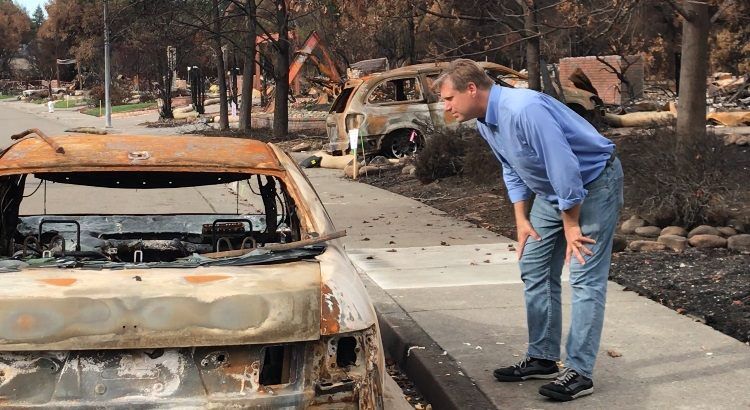
Today, as part of my #libertarian California Governor campaign, I toured some of the areas in Northern California destroyed by the recent wildfires
I saw hundreds of homes in one subdivision destroyed (8900 homes were destroyed in total in the fires). We must seek out better technological solutions to stop wildfires in California. Lives are at risk and hundreds of billions of dollars are at stake. The state is getting drier, and innovative technologies—especially drone surveillance—can help spot fires before they get too large to easily contain. AI can also tell us, based on weather conditions, where fire protection resources and first responders should be stationed. Quickly putting out fires that do occur is the key to protecting the state.

A baby could be born on the moon in a few decades
In Donald Trump’s inaugural speech last January, lost amidst his description of “American carnage,” was a more optimistic promise that the country was “ready to unlock the mysteries of space.”
It’s unclear if the line was anything more than political lip service, but one thing is certain: The quest for the stars is racing forward regardless of who occupies the Oval Office.
A once impossible but now plausible scenario can be found in Andy Weir’s new book “Artemis” (Crown, Nov. 14), which is set in the world’s first lunar city. The action takes place in the year 2080 in Artemis, a city with a population of 2,000 that’s part tourist attraction, part housing complex and part mining operation. The protagonist, Jazz Bashara, whom Rosario Dawson, the audiobook’s narrator describes as “super MacGyver,” is a young porter who runs a small smuggling operation on the side, obtaining contraband, such as alcohol, for the colony’s population. When one of Jazz’s wealthy clients offers her a chance to make the potential score of a lifetime, the young woman finds herself in over her head and caught up in a far-reaching conspiracy.
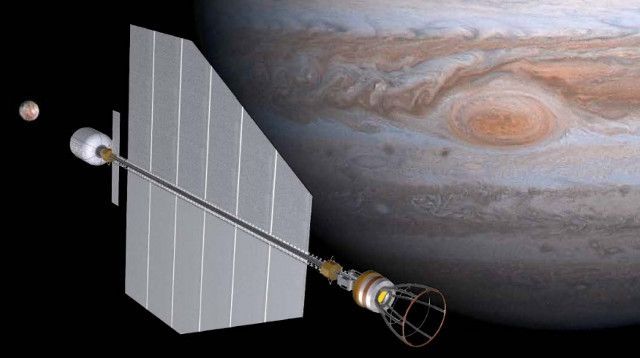
The fission-fragment rocket
Travelling to very distant objects in space such as stars and exoplanets will require very large amounts of thrust to drive rockets to very high speeds in order that we can travel there in a reasonable amount of time. Conventional chemical rockets are unsuitable for this purpose as the thrust they provide is limited by the amount of fuel that they can carry. So far we have only travelled as far as the Moon, and that’s a mere 380 000 kilometres away.